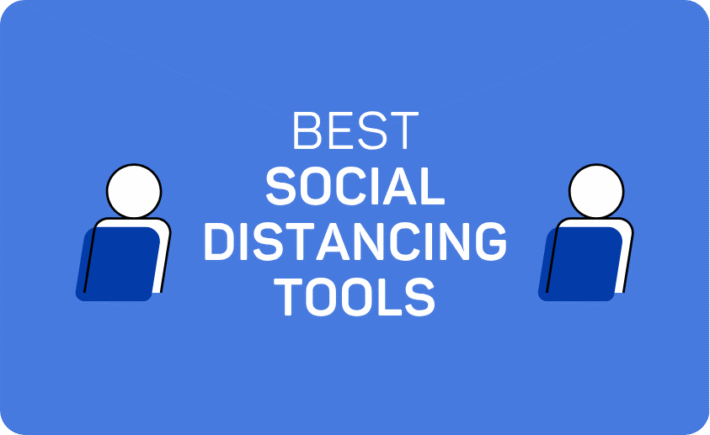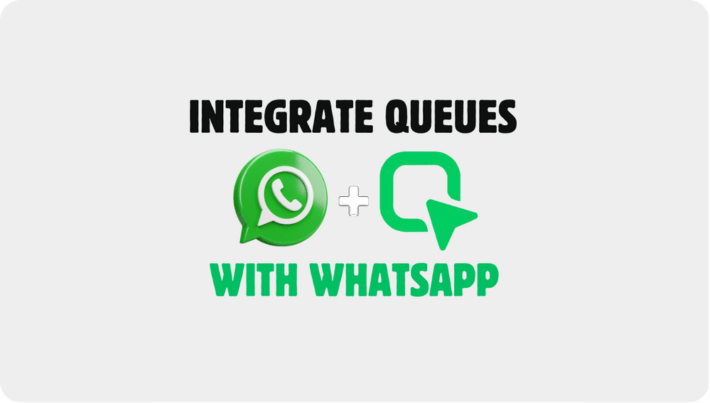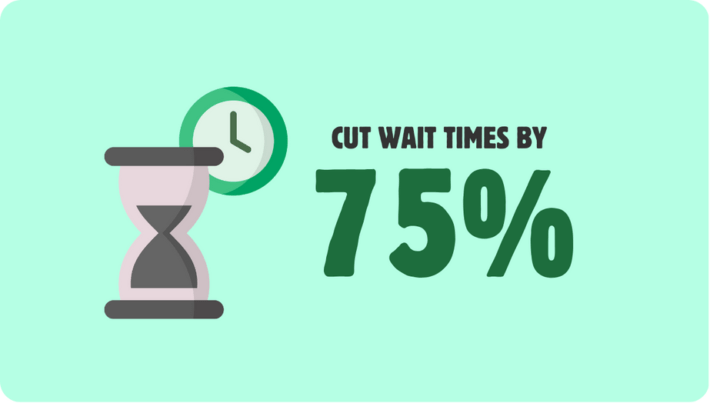Average Wait Times at Popular Places

Waiting is an inevitable part of modern life. Whether you’re sitting in a doctor’s office or standing in line at a retail store, you’ve likely experienced the frustration of delays. But how long do people typically wait in different settings?
This blog explores average wait times for various locations including healthcare, travel, education, dining, banking, and retail, offering a useful snapshot to help set expectations and manage your time better.
Average Wait Times by Location
Here’s a quick overview of average wait times across different sectors:
| Location | Average Wait Time |
|---|---|
| Doctor’s Office | 18 minutes |
| Hospital (ER) | 2 hours 25 minutes |
| University (Admin/Advising) | 15-30 minutes |
| Airport (Security & Check-in) | 40 minutes |
| Restaurants | 15-45 minutes (peak hours) |
| Banks | 10-20 minutes |
| Retail Stores | 5-15 minutes |
| Corporate Offices (Reception) | 10-20 minutes |
Doctor’s Office
Most people spend around 18 minutes in the waiting room before seeing their physician. This number can vary depending on the clinic’s schedule, emergencies, and overall efficiency.
Hospital (Emergency Room)
Emergency rooms are notoriously slow. According to the CDC, the average ER wait time in the U.S. is approximately 2 hours and 25 minutes, with some hospitals reporting significantly longer delays during peak hours.
University Services
Students seeking administrative or advising support can expect to wait between 15 to 30 minutes. During enrollment periods or exam weeks, these times can double or even triple.
Airport
Travelers typically wait 40 minutes on average for security checks and airline check-ins combined. This can increase to over an hour during holiday travel seasons.
Restaurants
Dining out can mean waiting 15 to 45 minutes, especially during lunch and dinner rushes. High-demand restaurants and weekend dining often push this wait time even higher.
Banks
Visiting a bank in person usually involves a 10 to 20-minute wait, depending on the complexity of the transaction and the time of day.
Retail Stores
Retail wait times are generally short, usually between 5 and 15 minutes, particularly if you shop during off-peak hours. Holiday seasons and big sales can increase these durations.
Corporate Offices
If you’re attending a meeting or interview, expect to wait 10 to 20 minutes at the reception area. High-traffic office buildings might have slightly longer wait times.
Why Do Wait Times Vary So Much?
Several factors affect wait times:
- Time of Day: Morning hours are typically busier for healthcare and government offices.
- Seasonality: Holidays and special events increase foot traffic and delay services.
- Staffing Levels: Understaffed facilities or sudden staff shortages lead to longer waits.
- Service Complexity: Simple tasks like deposits take less time compared to loan consultations or emergency care.
Tips to Reduce Your Wait Time
- Make Appointments: Schedule appointments ahead when possible.
- Use Apps and Online Portals: Many services now offer real-time queue tracking.
- Avoid Peak Hours: Mid-mornings and mid-afternoons are often the least busy times.
- Check Wait Times Online: Airports, hospitals, and some restaurants list estimated wait times on their websites or apps.
QueueHub: The Smart Solution to Cut Wait Times Everywhere
Long wait times can lead to frustration, poor customer experiences, and operational inefficiencies. Whether it’s a packed doctor’s office, a busy airport terminal, or a crowded restaurant lobby, managing queues effectively is essential. This is where QueueHub Queue Management System steps in as a game-changer.
QueueHub is an intelligent, cloud-based solution designed to streamline customer flow and reduce perceived and actual wait times in real-time. It caters to a wide range of sectors, including:
- Healthcare Facilities – Let patients check in remotely, receive real-time wait time updates, and reduce time spent in the waiting room.
- Hospitals & Emergency Rooms – Prioritize critical cases while maintaining transparency and communication with non-critical patients through digital queuing.
- Universities & Administration Offices – Simplify student service queues for financial aid, counseling, and registration.
- Airports – Manage check-in, security, and boarding queues seamlessly for a smoother travel experience.
- Restaurants – Enable guests to join the waitlist remotely and get notified when their table is ready.
- Banks – Improve service speed and customer satisfaction with ticketed or app-based queueing.
- Retail Stores – Optimize service desks and returns with digital queueing, freeing customers to shop while they wait.
- Corporate Offices – Streamline front-desk visitor management and reduce lobby congestion with appointment scheduling and check-in kiosks.
With features like mobile check-ins, virtual queues, automated notifications, and analytics dashboards, QueueHub empowers businesses to optimize their workflows and enhance user experience. Best of all, it promotes a stress-free environment where people feel respected and informed—no more guessing games or standing in line for hours.
In a world where time is money, QueueHub is the key to saving both.
Final Thoughts
Understanding average wait times can help manage expectations and reduce stress. Whether you’re heading to the ER or making a quick bank visit, planning ahead makes all the difference. While some delays are unavoidable, knowing what to expect allows for smarter scheduling and a smoother experience overall.
FAQs
1. What is the best time to visit a doctor to avoid waiting?
Morning appointments, particularly the first of the day, tend to have the shortest wait times.
2. Can hospital wait times be checked in advance?
Yes, many hospitals now provide live ER wait times on their websites or mobile apps.
3. Are wait times at banks shorter during weekdays?
Yes, mid-week days (Tuesday to Thursday) and mid-morning hours are usually less busy.
4. Do fast-food restaurants have shorter wait times than sit-down restaurants?
Yes, fast-food chains typically have a 5-10 minute wait, significantly shorter than sit-down venues.
5. Why do airports experience longer wait times during holidays?
High passenger volume, increased security measures, and flight delays all contribute to longer wait times during holidays.




